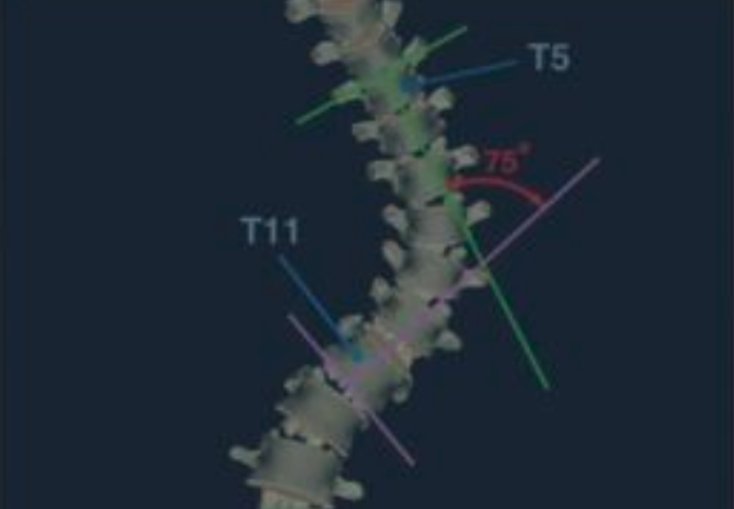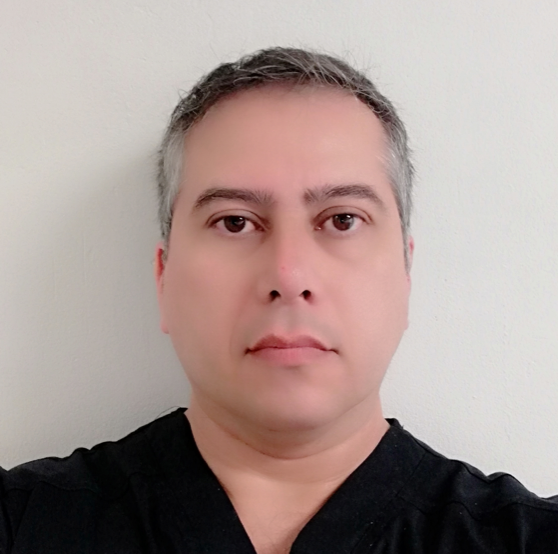
Scoliosis Ancillary Adjusting Protocols and Home Care
Do you have patients with abnormal spinal curvatures that looking for non-invasive ways to manage and reduce these imbalances? In this 5-week course we will discuss the various types of scoliosis, their causes, evaluation protocols, measurement procedures and ancillary methods of adjusting and managing them.
The most common types of scoliosis include: Idiopathic Scoliosis, Congenital Scoliosis, Neuromuscular Scoliosis, Degenerative Scoliosis, Syndromic Scoliosis, Early-Onset Scoliosis (EOS).
Proper chiropractic care and additional ancillary protocols can often reduce, stabilize or resolve abnormal spinal curvatures like scoliosis. In this course we will help you to better understand the mechanisms behind scoliosis development as well as procedures to facilitate normal bone growth and remodeling, often removing the need for more invasive protocols or surgery.
Regardless of your current technique paradigm, these procedures can be directly integrated into your current practice model.
Skills You Will Learn
✓ How to correctly measure the degree of scoliosis
✓ The main types of scoliosis
✓ Spinal adjustment protocols specifically designed to reduce scoliosis curvatures
✓ Home care exercises the patient can use to facilitate the correction of their curvature
Resources Provided
✓ Video class modules
✓ Evaluation & technique presentations
✓ Practical demonstrations
✓ Calls to action (CTAs)
✓ Live calls with instructor
✓ Interactive private Facebook group
✓ Complete PDF workbooks
✓ Email access to Dr. Rosen & Dr. Watson
Course Contents
5 Modules | 5 CTAs
Class 1 – Types of Scoliosis and Management
Class 2 – Scoliosis Evaluation and Adjustments
Class 3 – Scoliosis Management: Demonstrations
Class 4 – Scoliosis Blocking Procedures
Class 5 – Home Care Protocols
Meet the Instructors
As early as first quarter in chiropractic school they were attracted to each other’s commitment to chiropractic and the pursuit of excellence. Their combined 80 years of personal and clinical and teaching experience, in delivering the chiropractic adjustment is unparalleled in the chiropractic profession. Their international outreach through teaching, writing and lecturing has been a driving force in their personal and professional careers since their first seminar taught together as students, in 1979.
Their years of experience have taught them what works and what does not work to create a successful practice and lifestyle. The more competent and comprehensive your expertise you will find that more patients will seek your services and your practice will grow exponentially.
Feedback from Our Students

Testimonial: Cesar Segura, DC
“1.- Clarify that Chiropractic care and management in scoliosis is not only in the office, but also at home. 2. – Understand that there is no ‘magic formula’ and that scoliosis care must be defined on a case-by-case basis. 3. – I learned more precise methods to evaluate scoliosis and thus be more specific when adjusting the spine.
Personally, it is an expanded vision that leaves the usual repertoire for the management of scoliosis, which gives you another look when evaluating, since it provides more tools. Professionally, the changes that I previously achieved are now faster in time and with less effort. The fact, in addition to including guidelines to be followed at home, positively impacts the patient since it empowers them more in resolving their condition.
Patients with extreme sensitivity, where it is not possible to apply force for a traditional thrust adjustment, appreciate being able to receive chiropractic using less aggressive elements such as the use of blocks or the Dutchman roll.
Yes, I would totally recommend this course. There are care protocols that, at least in my case, I did not receive in basic training. In addition, everything learned can be used the next day in the consultation, with total confidence and security.
In addition to the professional level, the willingness to always clarify doubts both during the course and in the community on Facebook is appreciated. The demonstrations of the protocols and settings are very clear.”
Testimonial: Leanne Tressler, DC
“My three takeaways from this program:
1. The blocking procedures, none of the doctors in our office knew how to do that so we just adjusted our scoliosis patients. This gives us a chance to help those patients more. 2. The home exercises and blocking procedures. We have a lot of patients asking if there is anything they can do at home so now we have more information to give them to help when they are not in the office. 3. The adjustment procedures focus on T11-T12. We would always just adjust side posture into the convexity of the curve and that was it.
This program has impacted my life professionally because we see a lot of scoliosis patients and now I have more ways to be able to help those patients instead of doing what I was before. This will be able to help them more. Personally it helps me understand why I am doing the adjustment and blocking procedures and how it is helping these patients.
I have a 15 year old with a 35 degree curve to the right. It is an inferior tippage curve and since using this adjustment and the blocking techniques on him he has noticed more relief than just the adjustment I was doing before.
I would recommend this course to others because the course information is very helpful and it is put in a way that is understandable and easy to follow.”






